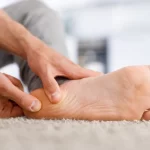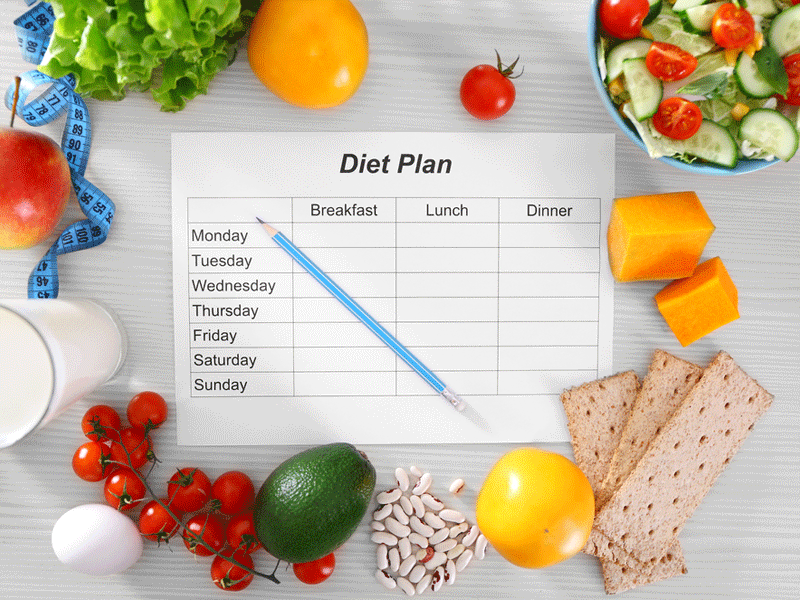4 Common Hip Injuries from Golf
As golf season reaches its peak, hip injuries can pose significant challenges, preventing you from performing your best on the course. Here are 4 common hip injuries from golf.
To help golfers maintain their optimal form and stay injury-free, we consulted with Sarah Baribeau, DPT, a physical therapist at the Hartford HealthCare Bone & Joint Institute and a certified provider from the Titleist Performance Institute.
Baribeau shared insights on common hip injuries associated with golf and provided tips on how to alleviate and prevent these issues.
Proper Form Is Essential for Hip Health
Baribeau emphasizes that proper form is critical to avoiding hip injuries in golf.
“The hip is designed to be a very mobile joint. For any golfer, hip rotation is incredibly important,” she explains. If a golfer lacks proper hip mobility, they may compensate by using their lower back, which can lead to injuries.
“Limited hip mobility forces the body to seek motion elsewhere, typically from the lower back,” Baribeau notes. “This compensation can result in injuries over time, highlighting the importance of maintaining proper form.”
Identifying Common Hip Injuries in Golf
If hip pain is interfering with your golf game, it could be due to one of the following common injuries:
- Trochanteric Bursitis: This condition manifests as sharp, localized pain on the outside of the hip. It often results from inflammation of the bursa, a fluid-filled sac that reduces friction between the hip bone and surrounding soft tissues.
- Femoroacetabular Impingement (FAI): Pain associated with FAI typically occurs when lifting the knee toward and across the body. This discomfort can be felt in the groin or may wrap around to the outside of the hip, indicating abnormal contact between the hip bone and socket.
- Labral Tear: If FAI progresses, it can lead to a labral tear, which is a rupture in the cartilage lining the hip joint. This injury can cause significant discomfort and may produce a painful clicking or popping sound during movement.
- Soft Tissue Injuries: Repetitive stress on the hip muscles can result in pain in the buttocks, highlighting the importance of proper conditioning and stretching to prevent such injuries.
Knowing When to Rest and Seek Medical Attention
While the desire to continue playing golf despite hip pain is strong, Baribeau advises against ignoring the pain.
“Although hip pain might not immediately sideline golfers, compensating for the pain can place additional stress on the spine, potentially leading to more severe issues,” she warns.
Consider seeing your doctor if you experience any of the following symptoms:
- Worsening pain that affects your ability to swing or walk normally.
- Painful clicking or popping sensations in the hip.
- Numbness or loss of sensation down the leg.
- Feeling of instability in the hip joint.
Strategies for Staying Healthy and On the Course
Baribeau emphasizes the importance of both warm-up and recovery routines.
“Regardless of the weather, your body requires a thorough warm-up. Stiff joints from lack of warm-up and stretching can lead to forced movements or compensation from nearby joints, increasing the risk of injury,” she explains.
Equally crucial is recovery. For golfers playing multiple rounds each week, it’s essential to eat nutritious foods, stay hydrated, and get adequate sleep to support muscle recovery and overall health.
“Golf is a sport that you can enjoy throughout your life,” Baribeau concludes. “Don’t let pain alter your swing and lead to more severe injuries that require longer recovery times. Seek guidance from medical professionals, coaches, and fitness instructors to help maintain your performance.”
By paying attention to your body and following these preventive measures, you can enjoy a pain-free golf season and continue to improve your game.
SEE ALSO: Eucalyptus Oil Benefits for Skin
Additional Insights for Preventing and Managing Hip Injuries in Golf
The Role of Proper Swing Mechanics
Beyond general form, the specifics of your golf swing can significantly impact your hip health.
- Hip Rotation and Load: During a golf swing, your hips must rotate correctly and bear a substantial load. Proper mechanics ensure that the hips move fluidly, reducing stress on the lower back and other joints.
- Balanced Weight Distribution: Maintaining a balanced weight distribution throughout the swing can prevent overloading one hip, which can lead to asymmetrical wear and tear, and subsequently, injury.
- Follow-Through: Ensuring a smooth and controlled follow-through can minimize abrupt stresses on the hip joint, reducing the risk of injuries like labral tears.
Strengthening and Flexibility
Building strength and flexibility in the hip area is crucial for golfers:
- Strength Training: Incorporate exercises that strengthen the muscles around the hip joint, such as squats, lunges, and hip bridges. Strong muscles provide better support and stability to the joint.
- Flexibility Exercises: Regularly perform stretches targeting the hip flexors, extensors, abductors, and adductors. Yoga and pilates can be particularly beneficial for enhancing flexibility and maintaining joint mobility.
- Core Strength: A strong core can support better posture and reduce compensatory movements that might affect the hips. Include core exercises like planks and rotational exercises in your routine.
The Importance of Equipment
Using the right equipment can also play a role in preventing hip injuries:
- Club Fitting: Ensure that your golf clubs are properly fitted to your body. Clubs that are too long or too short can affect your swing mechanics and put unnecessary strain on your hips.
- Footwear: Wear golf shoes that provide good support and stability. Shoes with proper arch support and cushioning can reduce the impact on your hips during the swing and while walking the course.
Professional Guidance and Regular Check-ups
Engage with professionals to maintain your hip health:
- Golf Instructors: Regular lessons with a certified golf instructor can help you refine your technique, ensuring you use proper form and mechanics to reduce the risk of injury.
- Physical Therapists: Periodic assessments by a physical therapist can identify potential issues before they become serious problems. A therapist can also provide personalized exercises and stretches tailored to your needs.
- Regular Medical Check-ups: Regular visits to your healthcare provider can help monitor your hip health and catch any early signs of injury. Early intervention is key to preventing more serious issues.
Lifestyle Considerations
Adopt a holistic approach to your health:
- Diet and Hydration: A balanced diet rich in anti-inflammatory foods can support joint health. Staying hydrated is equally important, as dehydration can affect muscle function and joint lubrication.
- Rest and Recovery: Allow adequate time for rest and recovery between rounds of golf. Overuse without proper recovery can lead to chronic injuries.
- Mental Health: Stress can affect your physical health and exacerbate pain. Practices like mindfulness and meditation can help manage stress, contributing to overall well-being and better physical health.
By integrating these insights into your routine, you can enhance your performance on the golf course while safeguarding your hip health.
Whether you’re a casual player or a dedicated golfer, taking proactive steps to maintain your body will pay off in the long run, allowing you to enjoy the game for years to come.

A graduate of Computer Science and Information Management Technology. Diploma – Caregiving, Certificates – Dementia and Diabetes Awareness and Management. A researcher, blogger, songwriter, singer and acoustic guitarist. Born in an environment where natural talents such as healing are imparted at our natural birth. This natural talents of healing is the result of our genetic inheritance and the training from family environment.







